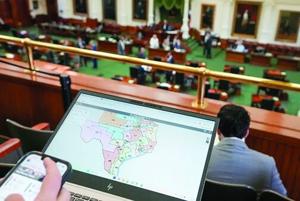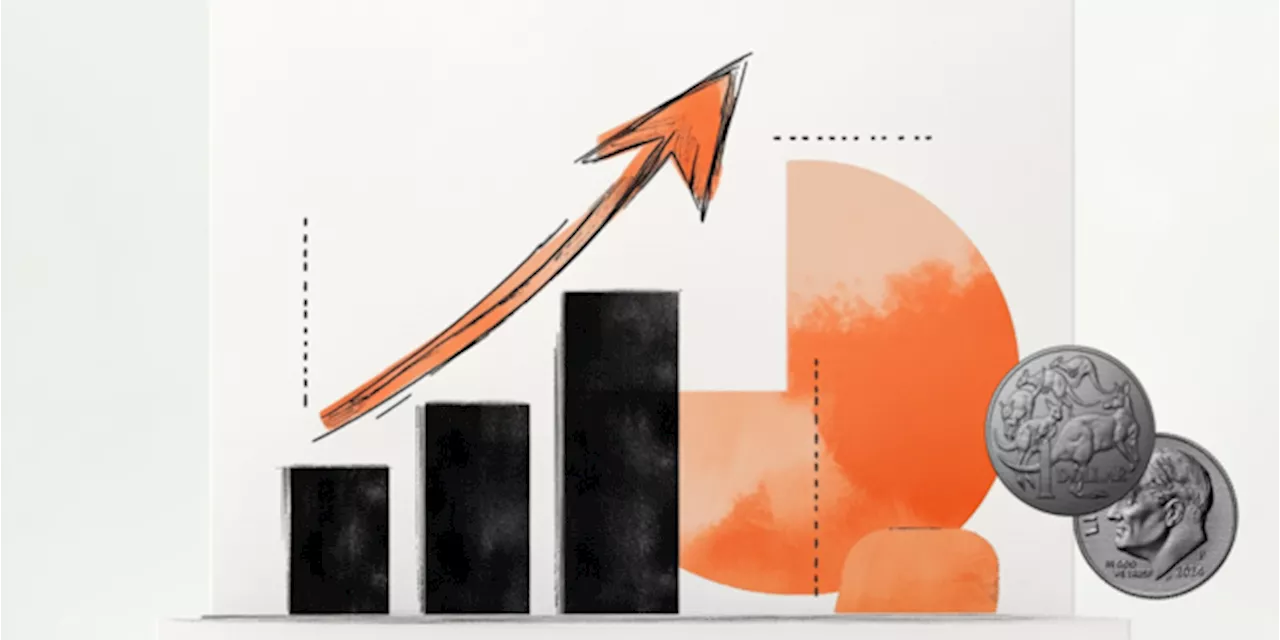The Australian Dollar (AUD) strengthened significantly on Wednesday, trading at approximately 0.6500 against the US Dollar (USD), marking a rise of 0.45% for the day. This increase follows the release of Australia’s new monthly inflation measure, which exceeded market expectations. The Consumer Price Index (CPI) for October showed a year-on-year increase of 3.8%, surpassing the predicted 3.6% and the previous 3.5%. This unexpected rise in inflation is expected to influence the Reserve Bank of Australia’s (RBA) policy decisions moving forward.
The robust inflation data reinforces the RBA’s cautious approach as it prepares for its upcoming meeting in December. RBA officials have expressed that while there are signs of a slight softening in the labor market, overall employment remains stable, reducing the immediate need for monetary easing. The minutes from the November policy meeting confirmed the central bank’s stance to maintain the cash rate at 3.6% for an extended period, provided inflation remains above the target range of 2% to 3%. Assistant Governor Sarah Hunter emphasized that monthly inflation data can be volatile and cautioned against making policy adjustments based on a single data release.
In contrast, the US Dollar has been facing challenges, primarily due to signs of economic slowdown in the United States. The US Dollar Index was hovering near 99.80 at the time of writing, reflecting a decline as expectations for a Federal Reserve rate cut grow. According to the CME FedWatch tool, the likelihood of a 25-basis-point reduction now exceeds 84%, a significant increase from 50% just a week prior. Recent data indicated easing core inflation, with the September Producer Price Index showing cooling consumer spending as Retail Sales rose only 0.2% month-on-month. Furthermore, consumer sentiment has declined sharply, with the Conference Board’s Consumer Confidence Index dropping to 88.7 in November.
Several Federal Reserve officials, including Governor Christopher Waller and New York Fed President John Williams, have indicated that current economic conditions may justify rate cuts in the near future, attributing this to a weakening labor market and softer underlying inflation. Fed Governor Stephen Miran also expressed support for a cut in December, stating he would favor a 25-basis-point reduction if warranted.
Given the backdrop of persistent inflation in Australia and signs of deceleration in the US economy, the Australian Dollar is expected to maintain a short-term bullish trend against the US Dollar. Market participants are likely to focus on shifts in monetary policy expectations, which will remain a primary driver for the AUD/USD exchange rate in the coming days.
As the market continues to respond to these economic indicators, the Australian Dollar has shown resilience against other major currencies as well. The following table illustrates the percentage changes of the AUD against various currencies today:
| Currency | Change |
|---|---|
| USD | 0.38% |
| EUR | 0.31% |
| GBP | 0.38% |
| JPY | 0.62% |
| CAD | 0.28% |
| AUD | -0.53% |
| NZD | 0.27% |
| CHF | -0.80% |
The current economic landscape reflects a complex interplay between inflation trends in Australia and economic indicators from the United States. As market participants await further macroeconomic data from the US, the AUD/USD currency pair is set to remain in focus.




































































